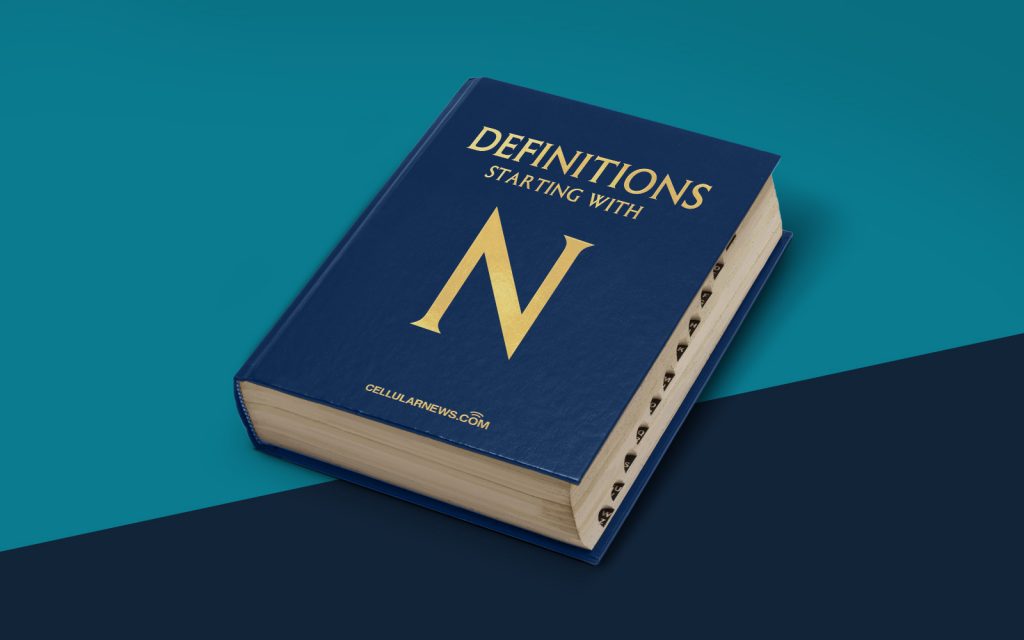
What is Naive Bayes?
Welcome to the “DEFINITIONS” category of our blog! In this section, we aim to demystify complex concepts and provide you with clear explanations. Today, we will explore the concept of Naive Bayes – a powerful algorithm used in machine learning and data analysis. So, what exactly is Naive Bayes?
Naive Bayes is a supervised learning algorithm that is based on the Bayes theorem and is primarily used for classification tasks. By analyzing the relationship between input features and their corresponding labels, Naive Bayes can predict the probability of an input belonging to a particular class or category. Its simplicity and efficiency make it a popular choice for various applications, including email spam detection, sentiment analysis, and medical diagnosis, among others.
Key Takeaways:
- Naive Bayes is a supervised learning algorithm used for classification tasks.
- It predicts the probability of an input belonging to a particular class or category.
Now that we’ve covered the basics, let’s dive a bit deeper into how Naive Bayes works. The algorithm assumes that all input features are independent of each other, which is why it is called “naive.” This assumption allows the algorithm to simplify complex problems and make calculations more feasible.
Naive Bayes calculates the probability of each class given the input features and selects the class with the highest probability as the predicted label. It achieves this by applying the Bayes theorem, which utilizes prior probabilities and conditional probabilities. The prior probabilities represent our initial beliefs about the likelihood of each class occurring, while the conditional probabilities are calculated based on the observed data.
While Naive Bayes is known for its simplicity, it generally performs well on many real-world datasets. However, its assumption of feature independence can sometimes limit its accuracy, especially when dealing with highly correlated features. Additionally, Naive Bayes requires a sufficiently large and diverse training dataset to provide accurate predictions.
Key Takeaways:
- Naive Bayes assumes that all input features are independent of each other.
- The algorithm calculates the probability of each class given the input features.
In conclusion, Naive Bayes is a powerful and widely-used algorithm in machine learning and data analysis. Its simplicity and efficiency make it a popular choice for classification tasks. By understanding its underlying principles and assumptions, you can leverage Naive Bayes to make accurate predictions and gain valuable insights from your data.
We hope this article has provided you with a clear definition and understanding of Naive Bayes. Stay tuned for more informative posts in our “DEFINITIONS” category!
